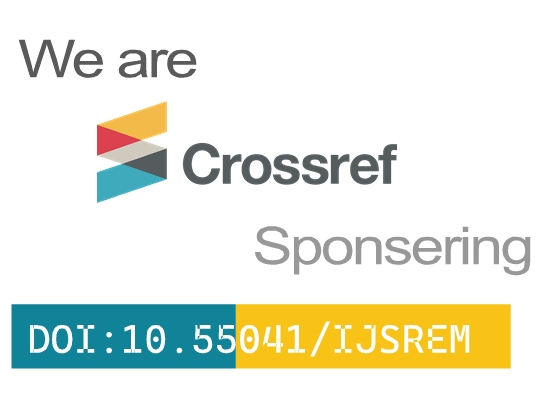Comparative Time–Cost Analysis of Modular and Conventional Construction Using Primavera P6
Mr. Rohan Rajendra Shinde #1 , Prof.J. A.Patil #2
1P.G Scholar of M.Tech, Construction Management, Ashokrao Mane Group of Institutions Vathar, Tarf Vadgaon, Dist. - Kolhapur, 416112, Maharashtra, India
2 Assitant Professor, Department of Civil Engineering, Ashokrao Mane Group of Institutions Vathar, Tarf Vadgaon, Dist.- Kolhapur, 416112, Maharashtra, India
Abstract
This paper examines the time comparing efficiency between the two approaches namely the modular building system and the common ways of building a construction and cost efficiency with an emphasis on whether Primavera P6 is used as a means of project scheduling and project optimization. Using modules, prefabricated off site and assembled on site, modular construction does provide the opportunity to shorten project schedules through simultaneous work on activities, reduced occurrence of weather delays, and enhanced quality management. Nevertheless, adoption by industry is a problem related to difficulty in initial manufacturing costs, involved logistics of production, specialized labour, and also having an equal scarcity in domestic supply chains. Case study method was used which is comparative, focusing on two same-type multi-story buildings constructions, with the same type of products, but one is built using standard methods and the other with modular construction. Primavera P6 was used to model both scenarios so that they could be handled with the same delivery timing, career and cost control. Also, 25 professionals in the industry have been surveyed and the relative importance index (RII) was applied to their responses to measure benefits and barriers impression. The findings indicated that the modular approach to construction saved 65 days (12.7 percent) on the project and this was largely due to concurrent fabrication of the modules off-site and on-site site preparations. The total costs however, rose up by about 8.1 percent with the catalyst being fabrication, transport, crane procedures and special assembly needs. RII analysis proved that the most appreciated benefits were time savings and improved profitability and the most hindering barriers were high initial costs and constraints regarding logistics. This conclusion implies that modular construction can be vitally fast in delivering the projects when coupled with an advanced project management tool such as Primavera P6. Greater investments in strategic supply chain management development, training of the workforce and regulatory backing of the modular practices should be encouraged to render the modular practices cost-competitive and more popular.
Keywords- Building performance, Cost optimization, Modular construction, Prefabricated systems, Primavera P6 scheduling, Time efficiency







